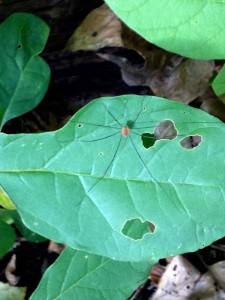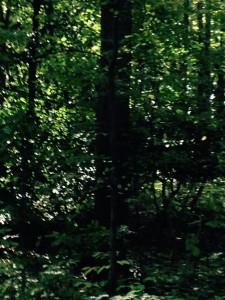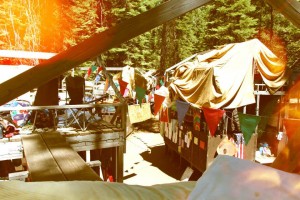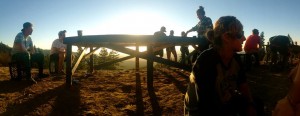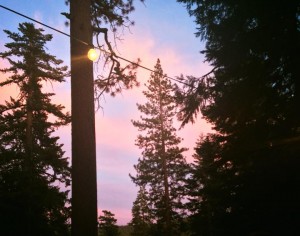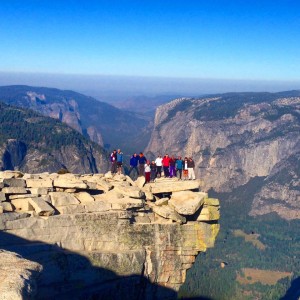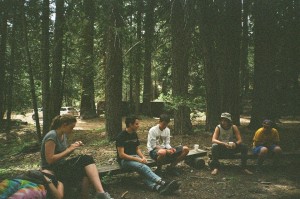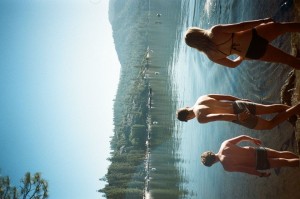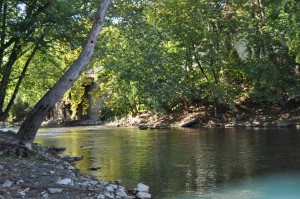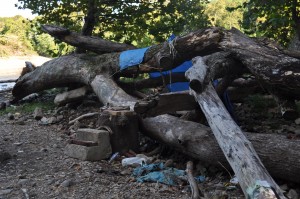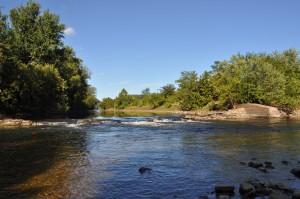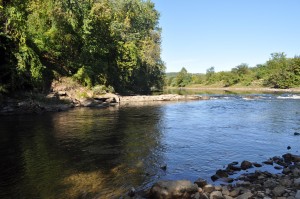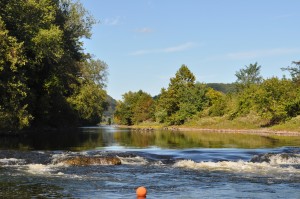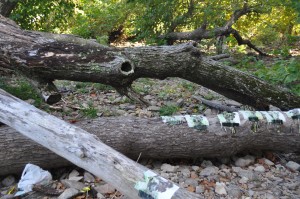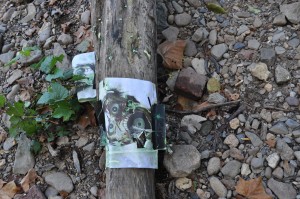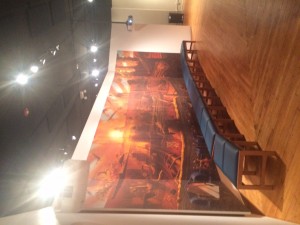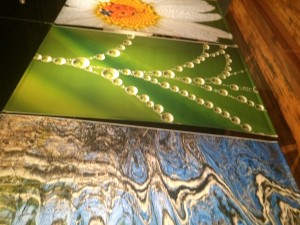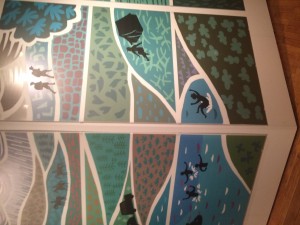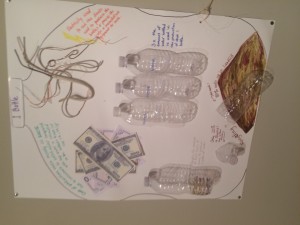This is the first photo I took. I think Ginny spotted it. I liked the way the daddy long legs was so calm as so many people were walking around it and so I tried to capture it in this image. Also the different colors of the leaves were interesting as they were mostly this lovely green color, but where they had been eaten away were instead this yellowish tint, potentially foreshadowing of what is too come.
I took this photo after looking into the tree canopy for awhile trying to identify birds. I noticed this image when I realized this young, thin tree was being overshadowed by a much larger tree in the back. Overall, I thought the backdrop of the thicker tree provided a sort of prediction towards the future of the thinner, younger tree and was really what I was trying to capture in taking the photo. I also really liked the shadowing and light I captured in the photo and I think adds some depth to the spectrum of the image.

